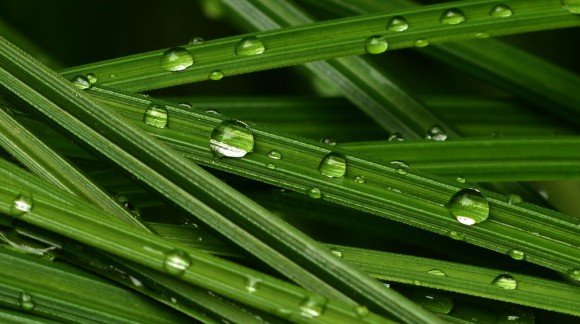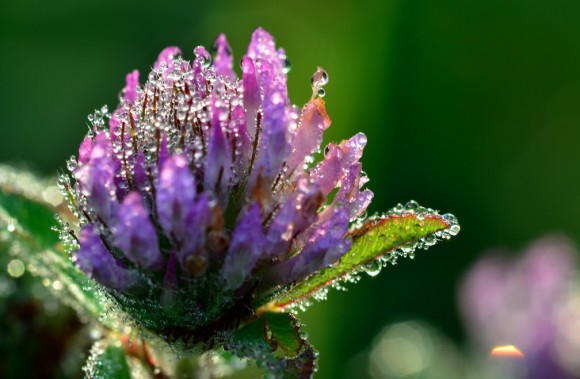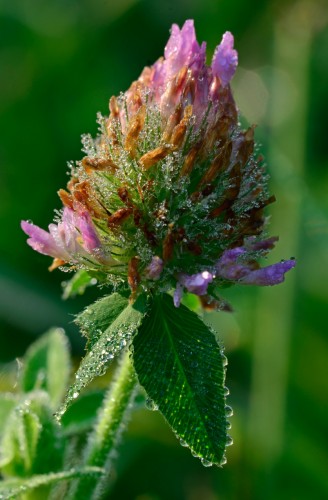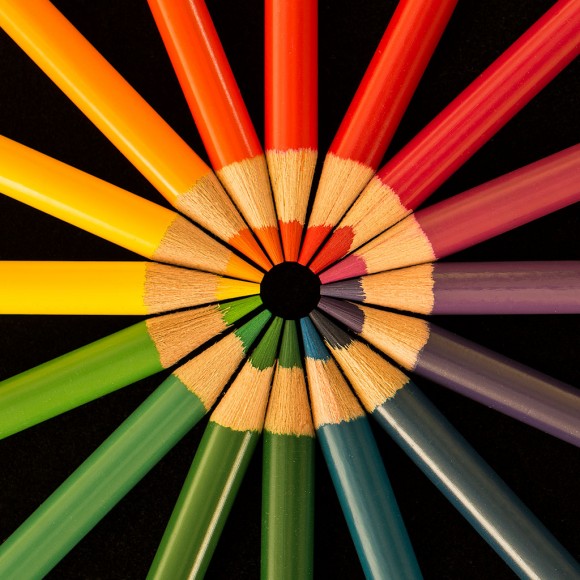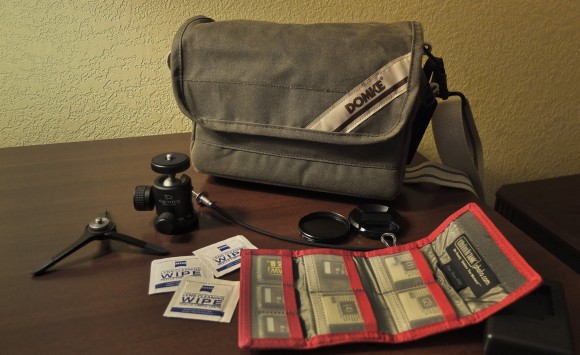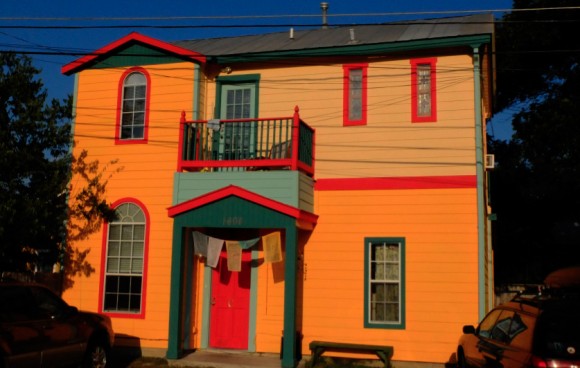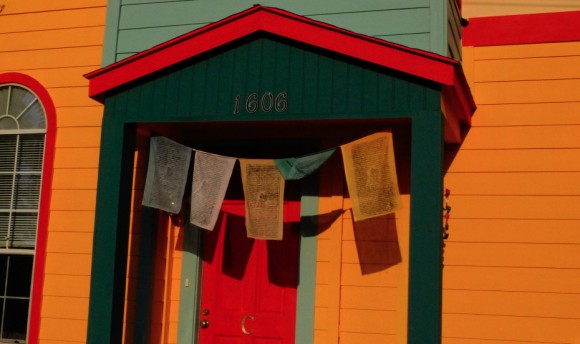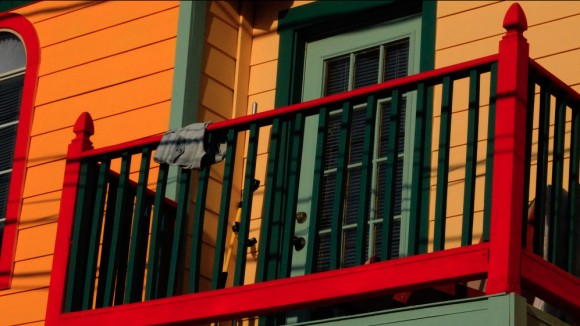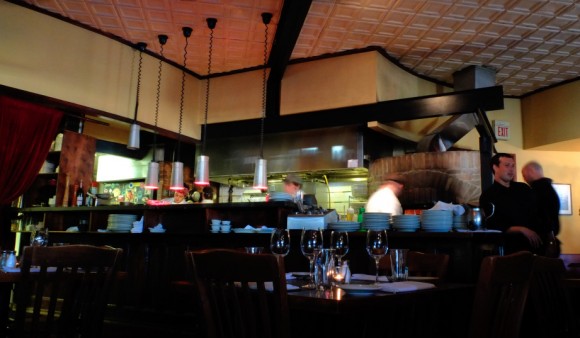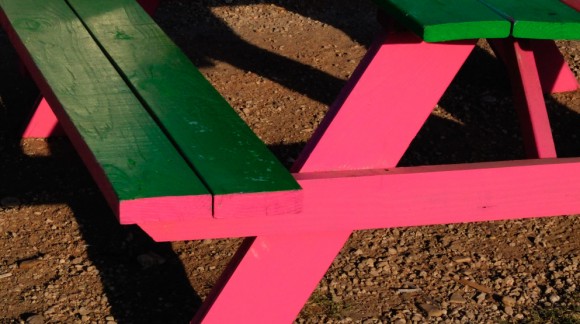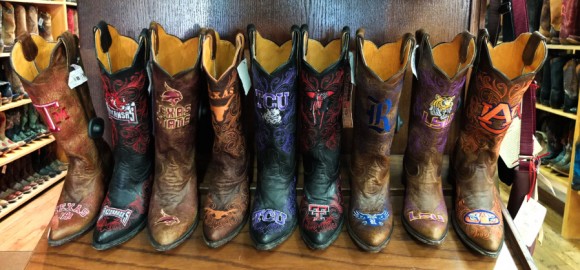Category : The Learning Center
I got a lot of email responses on the previous article and some interesting observations! Several folks said they had purchased a D800 and were still struggling to get use to it. I agree that the D800 is not the easiest camera to master. It requires a great deal more care, but then it pays big dividends when you get it right! Another person emailed that they had the D7000 and, “honestly, it’s all the camera I will ever need!” I agree again, for many, it is truly plenty enough camera! Thanks for sending me your thoughts, I appreciate your input!
The bottom line on the mega pixel race comes down to two things, do you need it or do you want it!!?? Both are valid responses. Do we need 36 mega pixels, very few of us really do, but do we want it? Well, the D800 is on it’s way to being the most successful camera in it’s class ever from Nikon!!! Sales alone do not make for a great camera, but of those that have been fortunate enough to use the D800, virtually all agree it is something like we have never seen before in the world of photography!
I have recently been playing a little game with myself. Since I have been a Tech Rep for Nikon for over 10 years, I have shot with virtually everything we’ve made since the D1 and D100. I also have a pretty large master file of my favorite images. From time to time I open the master file and open up a favorite image and then look at the EXIF data to see what it was shot with. I have to be honest and tell you that very often I’ve been really shocked when I was sure a photograph had been made with let’s say the D3 only to discover it was made with a D70s or a D90! My point is simple, any camera if used carefully on a good subject, in great light, with wonderful conditions, and composed effectively, is going to be a great shot, period! Am I saying that some cameras are not better than others? Of course not. What I am saying is that photographers make images, not cameras. If you have developed your skill set to a very high level, and if you know how to use light effectively, and how to compose your subject for maximum effect, then it’s time for a better camera.
We all want to make wonderful images, and we can by making ourselves better photographers, by improving our vision, and getting out during the best light! Equipment matters, but remember the story of the father who took his son , an aspiring writer, to meet Ernest Hemingway. The father’s question for Mr. Hemingway was, “What kind of typewriter do you use?” I think he missed the point!!
Blessings,
the pilgrim
Photo Note: Image above at Acadia National Park Gardens with D800, 55 Micro Nikkor manual focus lens, set at f 11 for 1/60th of a second. ISO 200 – Vivid – Cloudy White Balance . It’s hard to argue with this kind of detail!
Image above at 100% crop
This post has 1 comments. Click here to read them
This entry was posted on Friday, August 17th, 2012 at 2:35 pm
You can follow any responses to this entry through the RSS 2.0 feed.
One of the things I teach all my students is to always have a camera with them! So this morning, in all my infinite wisdom, I headed out to deliver the laundry and passed one of my favorite fields to find spectacular light, a heavy dew lying in the grass, and thousands of spider webs….and no camera!!! Shame on me!!! Well fortunately my favorite field is only a mile or two from the house so I raced back got a D7000 and my 200mm Micro Nikkor and tripod, and cable release and headed back to do some wet knee photography!
What would I have done if I was ten miles from home?, missed the shot! So here is a suggestion, keep a small utility bag loaded and ready to go with you every early morning and late evening you go out to run errands. I could say always carry it, and I probably should, but to be honest I rarely shoot except early morning and late evening, however sometimes good things happen mid-day, so lets amend that to maybe just keep it in the car every time you go. You can leave your tripod in the trunk always. The best thing about outdoor photography is that the conditions, light, and subjects are always changing and it is very hard to predict what will happen when, so just be prepared!
What should be in the small ” I’m ready anytime” bag? I would say a general purpose zoom like a 24-120 (36-180 on DX) a wide angle Zoom, for DX I like the 12-24, and a telephoto zoom (70-300), some way to do closeups, automatic extension tubes, diopters or a Micro lens. The automatic extension tubes with the 70-300 can do remarkable stuff as well. Of course a tripod and cable release. I love the little wireless release for the D7000 and the DX body is my favorite for closeups! So there you have it, be prepared, get out early and late, have fun and get some great shots, and by-the-way, isn’t God one incredible jeweler??!!
Blessings,
the pilgrim
This post has Comments Off on Shame on me………. comments. Click here to read them
This entry was posted on Thursday, August 16th, 2012 at 2:10 pm
You can follow any responses to this entry through the RSS 2.0 feed.
How many mega pixels do you really need? How much resolution is enough? Good questions that are not that easy to answer! With the advent of the Super Camera, the Nikon D800, the issue becomes more relevant than ever. When I first heard rumors about the D800 and that it would in fact be a 36 mega pixel camera, I couldn’t believe it, and actually, was not interested in it. Then I got one!!!! It is an unbelievable thrill to watch one of the files pop on the screen and then go into 100% crop and still see nothing but wonderful detail, but do I need it? Truthfully I’m still working out the need part, the want part, is settled!
Let’s take a moment or two to flesh out the pros and cons to high resolution cameras. For the sake of this discussion lets stipulate that as of today August 15th, 2012 24 mega pixels or higher are “High Resolution Cameras.” That is not to say that 12 to 18 megapixels are not Hi Res, but they are not in the same league as the 24 and higher cameras.
Pros:
1. More mega pixels yield higher resolution, which in turn, produces images with more detail.
2. File sizes are much larger and can help us produce much larger prints while holding very high detail.
3. When necessary, high mega pixel cameras files can be cropped significantly and still yield highly detailed prints and files.
4. While high mega pixel cameras like the Nikon D800 and D3200 have very low noise at high ISO, they cannot compete with the 12-18 mega pixel cameras of the same generation of technology. In other words the Nikon D3s and D4 are still better cameras for very low light use, than the D800 or D3200. When it comes to noise, pixel size matters.
Cons:
1. High resolution cameras produce large files often two or three times larger than the more common mega pixels of 12 to 18 megapixels. Thus card size and storage space will become more of an issue.
2. Because the files are larger they cannot be passed through the to the buffer as fast and the buffer, no matter how large, still will reach capacity sooner. Thus the D800 can manage only 5 frames per second versus the D4’s 10.
3. As I mentioned above, even though the D800 and D3200 show remarkable low light performance in regards to noise at HIgh ISO, the higher the megapixels, the harder it is to keep noise down to very low levels.
4. The higher the resolution, the more exacting your technique must be to get the full potential of the higher resolution cameras. Tripods, cable relases’, mirror lockup, and very high shutter speeds become your greatest allies.
So what is a photographer to do? Unfortunately I can’t tell you what to do, because we are all different, and I don’t know your needs, what you shoot, how good your tehcnique is, and what your camera budget is like. I can tell you what I’m thinking, at the moment. I say at the moment because all of this is a moving target, as new cameras appear, the more options change the lines in the sand. But I promised an answer so here are my thoughts;
As of today I want to own at least two camera bodies, three if I could afford them.
The Main Do Everything Body: Nikon D4 or D3s These are the best all round cameras in my opinion. They have great speed, virtually no noise, and are built like tanks. Yes they are expensive, but they are long term investments.
The High Resolution replacement for the 4X5 view camera DSLR: The D800/800e This camera stands alone as the highest resolution camera you can buy for tens of thousands of dollars less expensive than the camera in 2nd place. For Fine Art, Landscape, and any place you want extreme resolution for huge print sizes, this is ” the beast.”
The everyday, travel, just plain fun camera to use: The D7000. At 16 megapixels on a DX sensor (almost equal resolution to a 24 mega pixels on a FX sensor), it is very sharp, and capable. Noise is very low all the way out to 1600 and manageable at 3200. It is well built and the DX lenses are less expensive and smaller, so it is delight for travel. It is also the best camera for close-up work, because the crop factor stretches your lens by 1.5, that makes your 200mm Micro Nikkor, like a 300mm Micro Nikkor!!! Just ask Mike Moats, I don’t know anyone getting more out of this camera!! Finally the price is right at under $1,200. One last thin, I am really big on soft, predictable shutter releases, this camera may be the best I’ve ver used!!!!
Since I no longer shoot a great deal of sports and action, if I had to eliminate one of these camera from my list, sadly it would be the D4/D3s. So I guess the bottom line is, could I live with just as D800 and D7000? If you throw in a killer compact camera, point and shoot type camera, and my iPhone, you bet!!!!!
I would love to hear your thoughts, so if you will email them to billfortney@earthlink.net I will publish an entry with your thoughts!!!
Blessings,
the pilgrim
Hats off to Eric Harmon for one of the best close-ups I’ve seen in a long time, way to go Eric!!! D800 with the 105 Micro Nikkor!! F8 at 2 seconds. Window light. RAW image. Vibrance and Clarity added. This is a considerable crop, the value of 36 megapixels.
This post has 6 comments. Click here to read them
This entry was posted on Wednesday, August 15th, 2012 at 3:38 pm
You can follow any responses to this entry through the RSS 2.0 feed.
I’ve spent most of my career trying to learn how to travel lighter, but not miss the shot. It has led to my having several camera bags, each set up for a certain kind of trip or assignment. For instance let’s say I’m headed to New Orleans to photograph jazz musicians in small clubs with very low light. I would pack my low light kit, Either a D700, D800, or D4 for great low noise in low light and high ISOs along with a 24mm f 1.4, 35mm f1.4 and 85mm f 1.4, maybe a 180mm f 2.8 of I had to shoot from some distance. The right gear for the right situation! For me, and I suspect many other photographers the hardest bag to build is the leisure travel bag. When I go to St Thomas with Sherelene and I don’t want to take a week off from shooting, but I don’t want her to feel that she is tagging along on a shooting assignment, I need to moderate both my behavior and the bag quite a bit!!! Enter the serious compact camera!
Let’s consider the bare minimum you might want to shoot travel and personal photos. I want a camera that can get me good, pretty much noise free or at least low noise, up to 1600 or 800 at least. I need lenses between say 24mm to 28mm all the way out to 120mm or even 200mm. I want something small and easy to carry, yet something capable of making images that can be blown up to at least 20X24 inch prints and still look great! You might think that would be asking a lot, but today’s serious point and shoot cameras have quite a few entries that can match all, or most, of those demands. I’ve personally shot the Nikon 1 J and V models and Nikon’s P7100, and all of these can do that beautifully. Only the P7100 gets out to 200mm without having to carry extra lenses. Your decision will likely come down to brand loyalty, cost, size, weight, whether or not you want to have to carry extra lenses, close focusing ability and many other factors. I personally like the compact cameras with a built in zoom that covers a good range, but is not interchangeable. If I buy a camera that takes more lenses, guess what, I will own more lenses!!! Over the past several years I have used and love, the Nikon Coolpix P7100 a wonderful picture making machine, with great zoom lens, and capable of taking very high end images, it is a good size, yet are built very well.
Once you decide on a camera you need to build a small, easy to carry system, and a bag to carry your travel system. I recently picked up the Domke F-5XB shoulder and belt bag. It’s small enough to be very easy carry and keep track of, and big enough to carry the few accessories I suggest you will really want to help your compact camera, take pictures like your big boy camera! The image above shows the bag and what I consider to be the essentials.
1. A Think Tank Pee Wee Pocket Rocket to hold extra batteries and SD memory cards. I carry three extra batteries and four extra SD cards.
2. A dozen or so, (more can be stashed in your suit case) Zeiss Lens Cleaning Wipes that you can buy at Walmart’s Optical department. Great for lens, eyepiece, and LCD cleaning, as well as iPhone, iPad, and any other glass surfaces that need cleaning while traveling. I’ve even used a couple to clean up an airplane window I wanted to shoot through!!
3. A small tripod and head. My favorite for usewith a compact camera is the Joby Gorrilapod legs the Micro 800 (Around $30.) with a Giottos MH-1002 small ball head, (around $49.) Remember all you want is a convenient way to do hands off shooting for night and low light shots and both of these are well made and will hold a small camera very steady. They are very small and easy to store in a small compartment in the Domke bag.
4. I always carry a polarizer and extra lens cap, plus of course a battery charger, I carry two, so I can top off all the batteries each night.
5. Lastly a cable release. The Nikon P7100 used a slick little wireless release called the ML-L3 and I buy them several at a time.
The most important thing about travel is to have a good time, make photography part of the fun and if you “lighten up” you can do that with less gear than you would have ever thought possible.
I went out to dinner in Austin tonight and then walked around the South Congress Street area, found some cool color shots! Surprising what you can do with just a little gear and some preparation!!!
God bless,
the pilgrim
Above, the value of a small tripod!
Well guys, I will be on airplanes all day tomorrow not getting home until after 11:00 p.m. I will blog Saturday, love you guys, thanks for hanging in there with me!
the pilgrim
This post has 8 comments. Click here to read them
This entry was posted on Friday, August 10th, 2012 at 1:41 am
You can follow any responses to this entry through the RSS 2.0 feed.




